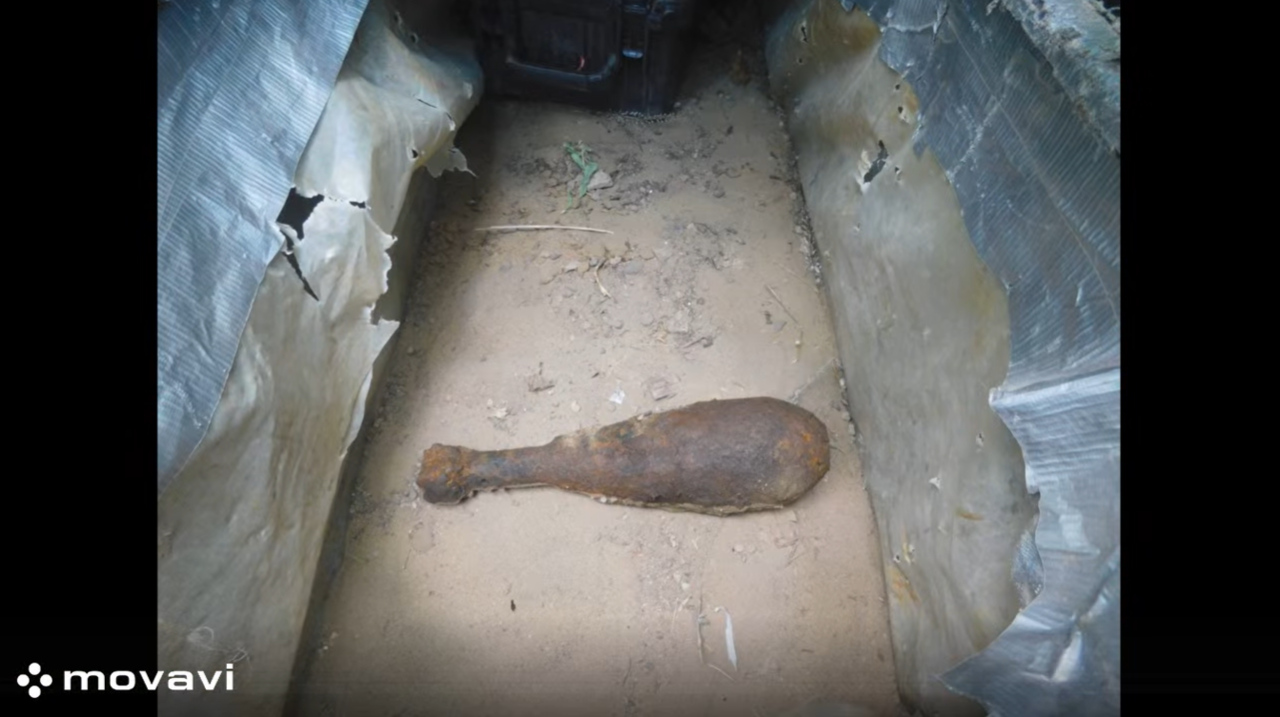VIDEO: World War II mortar shell retrieved from deep cave in Hungary

An unexploded German mortar shell from World War II has been recovered from a depth of 60 meters inside the Vecsembükk Shaft cave, located within Aggtelek National Park, according to a Facebook post by the MH 1st Explosive Ordnance Disposal and River Flotilla Regiment.
Members of the Hungarian Cave Rescue Service discovered the extraordinary find in Hungary’s third-deepest cave during a rappelling training session. The 81-millimeter German mortar shell was lifted to the surface using rope access techniques in a complex operation carried out by bomb disposal experts, in collaboration with the cave rescue service and the Aggtelek National Park Directorate.

Warrant Officer László Török, commander of the bomb disposal patrol, confirmed the shell did not contain any explosives, posing no direct danger during extraction. It has since been safely transported to the Hungarian Defence Forces’ central collection site for further examination.
The discovery serves as a stark reminder that remnants of World War II combat equipment can still surface in unexpected places—even deep beneath the ground in caves. The Vecsembükk Shaft, one of the deepest in the country at 60 meters, yielded this historic relic from its depths.
Such findings are not only valuable for historical research but also critical for bomb disposal experts. The safe neutralization and removal of explosive devices is vital for maintaining public safety.

A video of the recovery operation was also shared by the MH 1st Explosive Ordnance Disposal and River Flotilla Regiment, showcasing the precise and expert teamwork between cave rescuers and explosives specialists. It’s a strong example of how unforeseen hazards in protected natural areas can be handled efficiently through coordinated action.
In addition to its natural wonders, Aggtelek National Park is rich in historic relics. The recent discovery underscores that traces of past wars still linger in the natural environment. Combat artifacts found deep underground remind us that the region played a strategic role during World War II, and signs of those conflicts remain to this day.
The successful and safe recovery of the World War II-era German mortar shell from the Vecsembükk Shaft stands as a testament to the cooperation between Hungarian defense bomb squads, the Hungarian Cave Rescue Service, and the Aggtelek National Park Directorate.
To read or share this article in Hungarian, click here: Helló Magyar
Read also:





